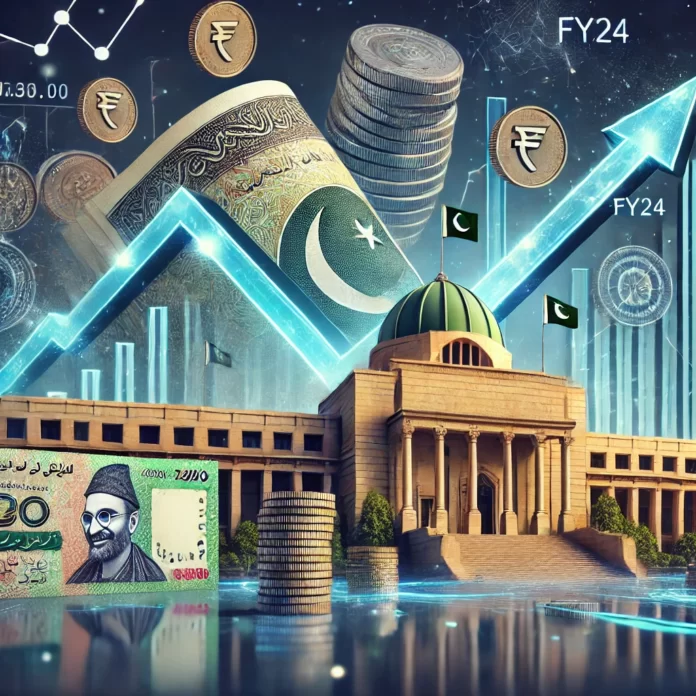The SBP’s Governor’s Annual Report for FY24, released today, highlights that after two difficult years, Pakistan’s economy showed improvements in key macroeconomic indicators. Inflation rates dropped significantly, especially in the second half of the fiscal year, as a result of strict monetary policies, fiscal consolidation, and easing global commodity prices.
The report emphasizes that the foreign exchange reserves stabilized, bolstered by external flows and reforms in the foreign exchange market. This allowed the Pakistani rupee to regain stability after months of volatility. Additionally, the agriculture sector contributed to a moderate GDP growth, with recovery in large-scale manufacturing.
Despite these improvements, the SBP maintained a cautious approach by keeping the policy rate at 22 percent until late FY24. The alignment of fiscal policies with the SBP’s tight monetary stance led to Pakistan’s first primary surplus in 17 years, reducing the public debt-to-GDP ratio.
The SBP also noted that the financial sector remained resilient, with banks seeing significant growth in deposits due to elevated interest rates and digitalization efforts. Moreover, the report highlighted the central bank’s continued efforts toward financial inclusion and digital financial services, including the launch of the Raast ‘Person-to-Merchant’ payment system.
The report underscores the need for continued reforms to ensure sustained economic recovery. The SBP projects inflation will remain contained, but warns of risks from global uncertainties and domestic challenges.
























